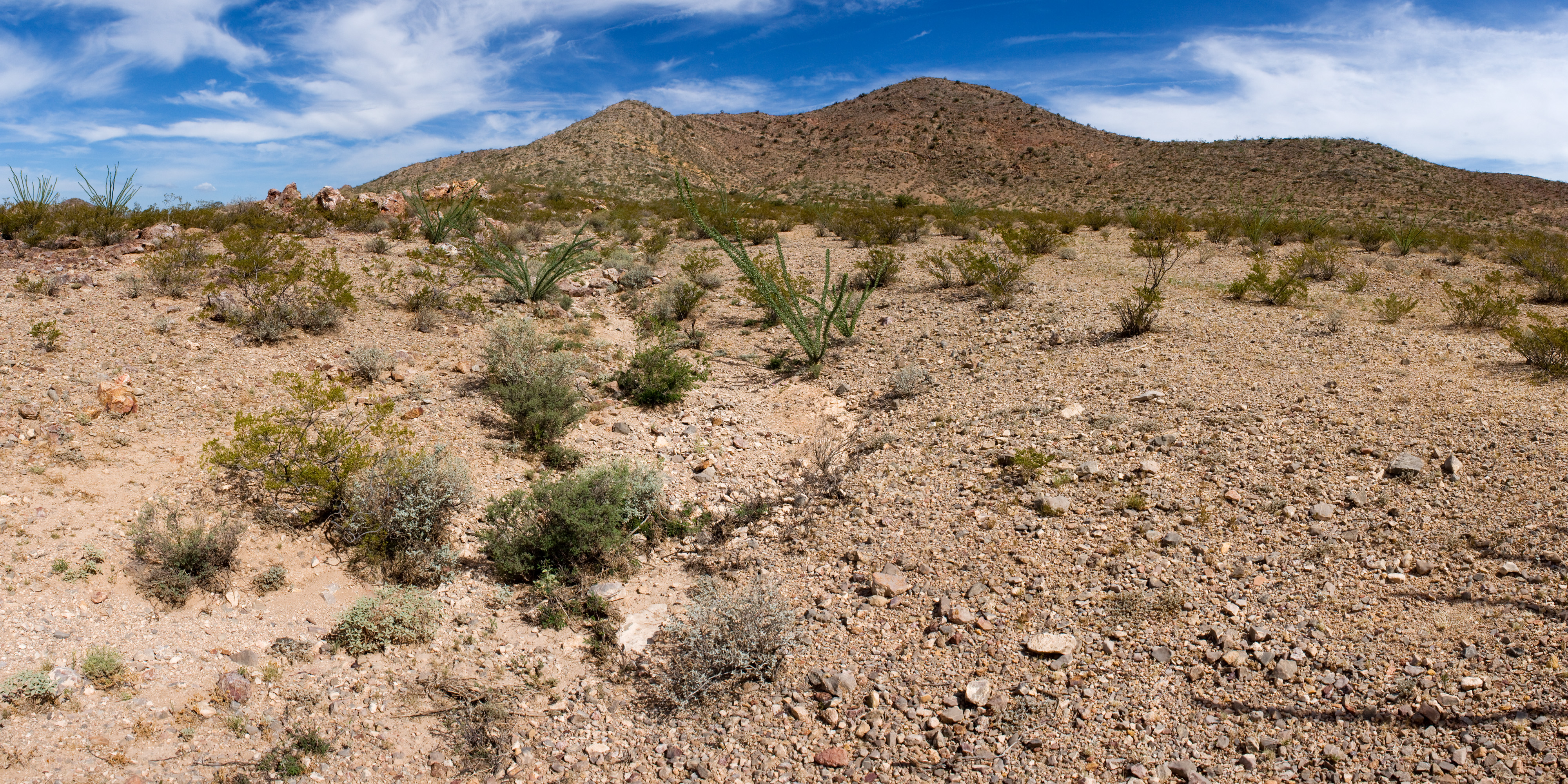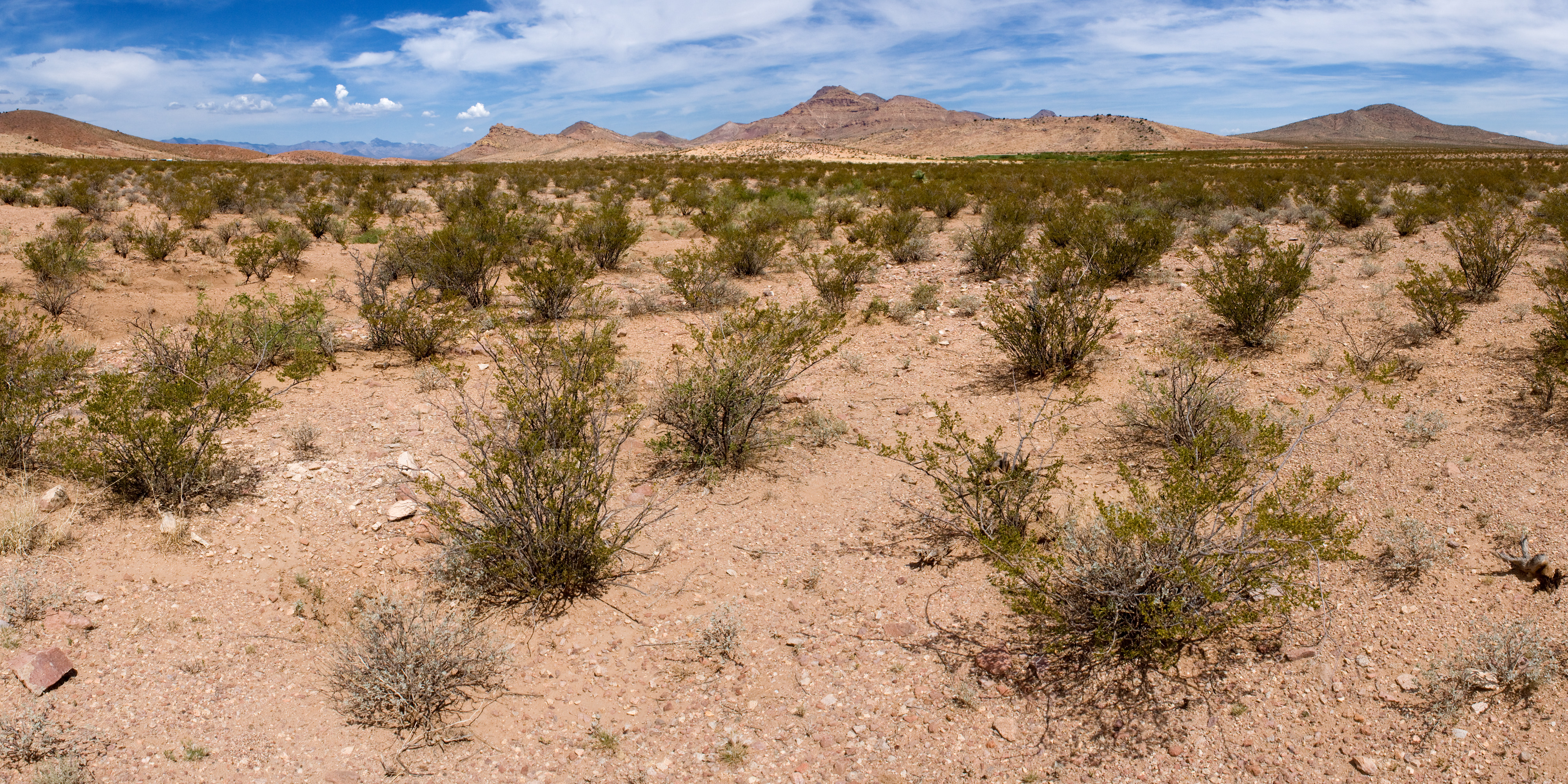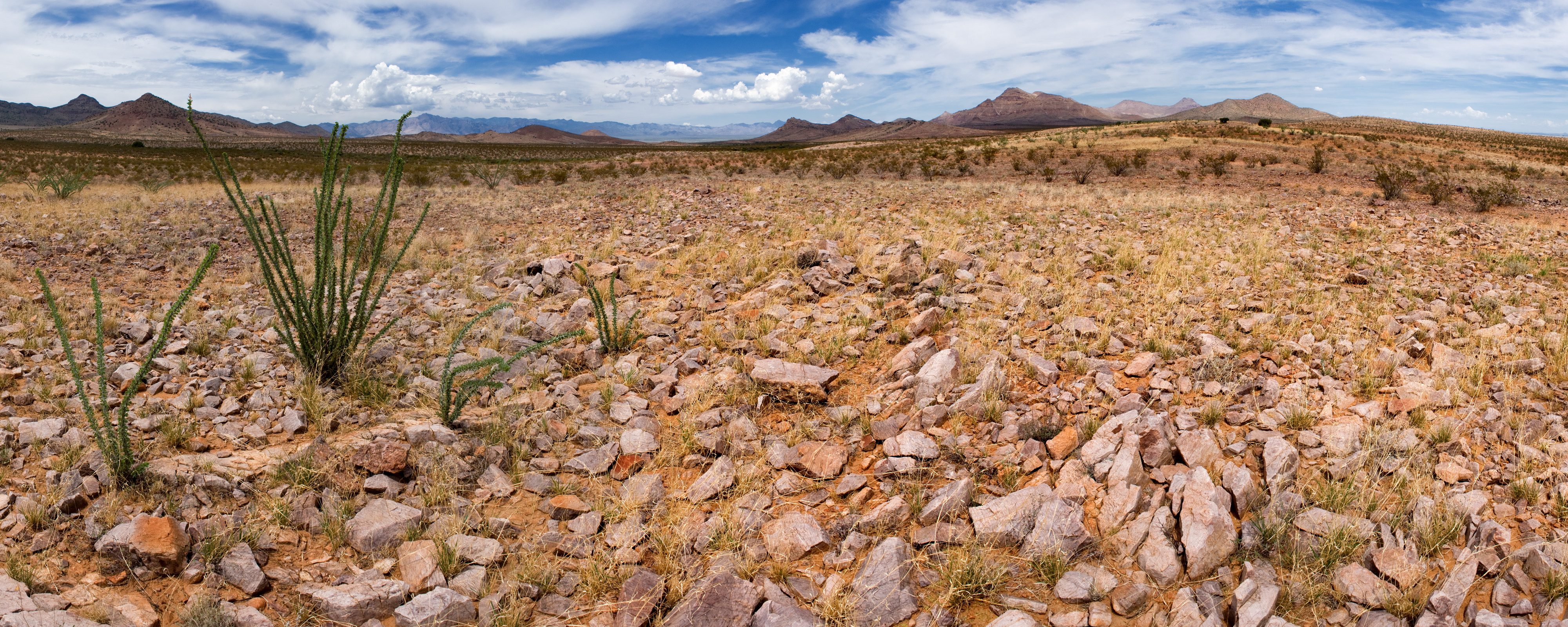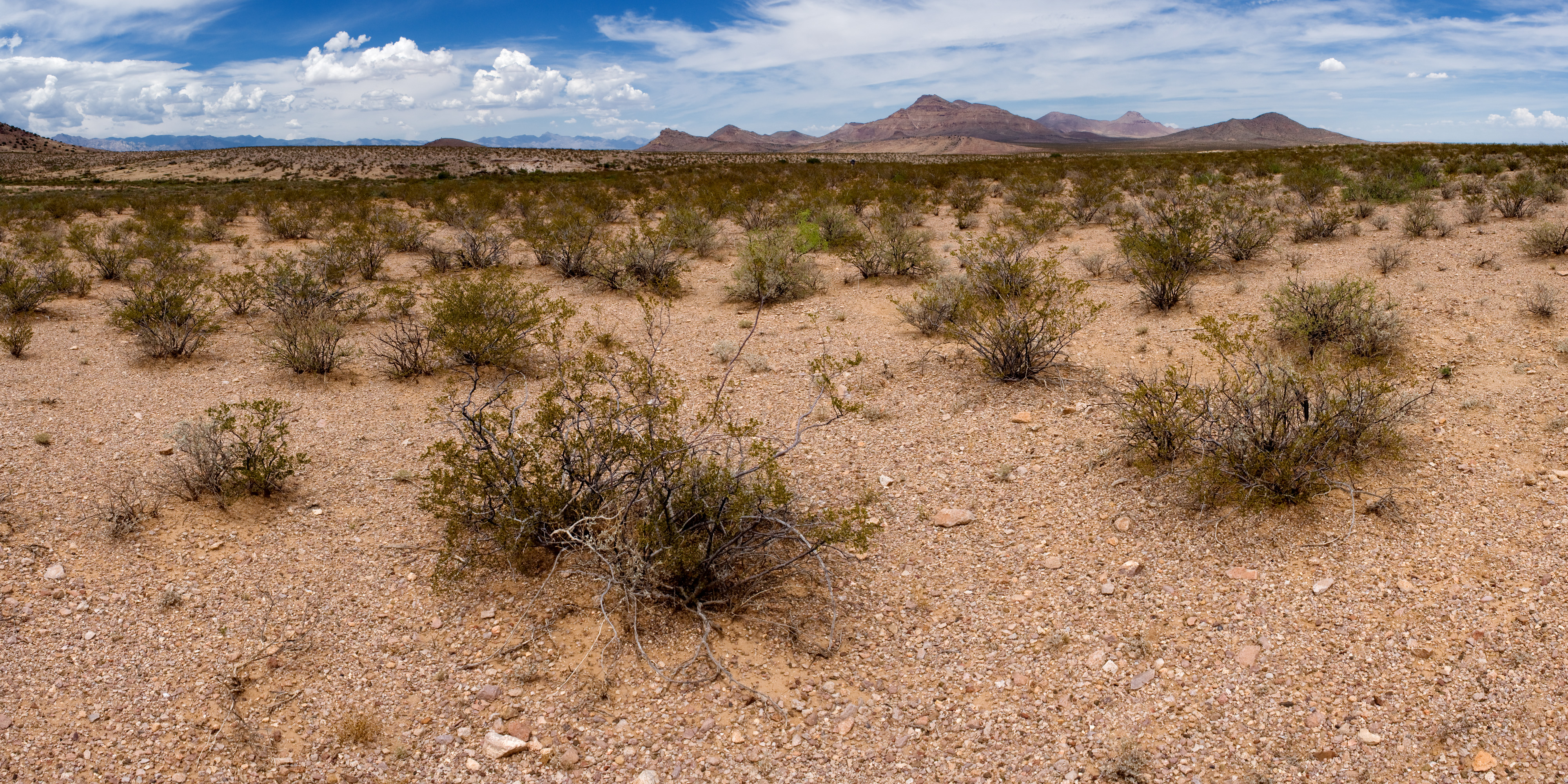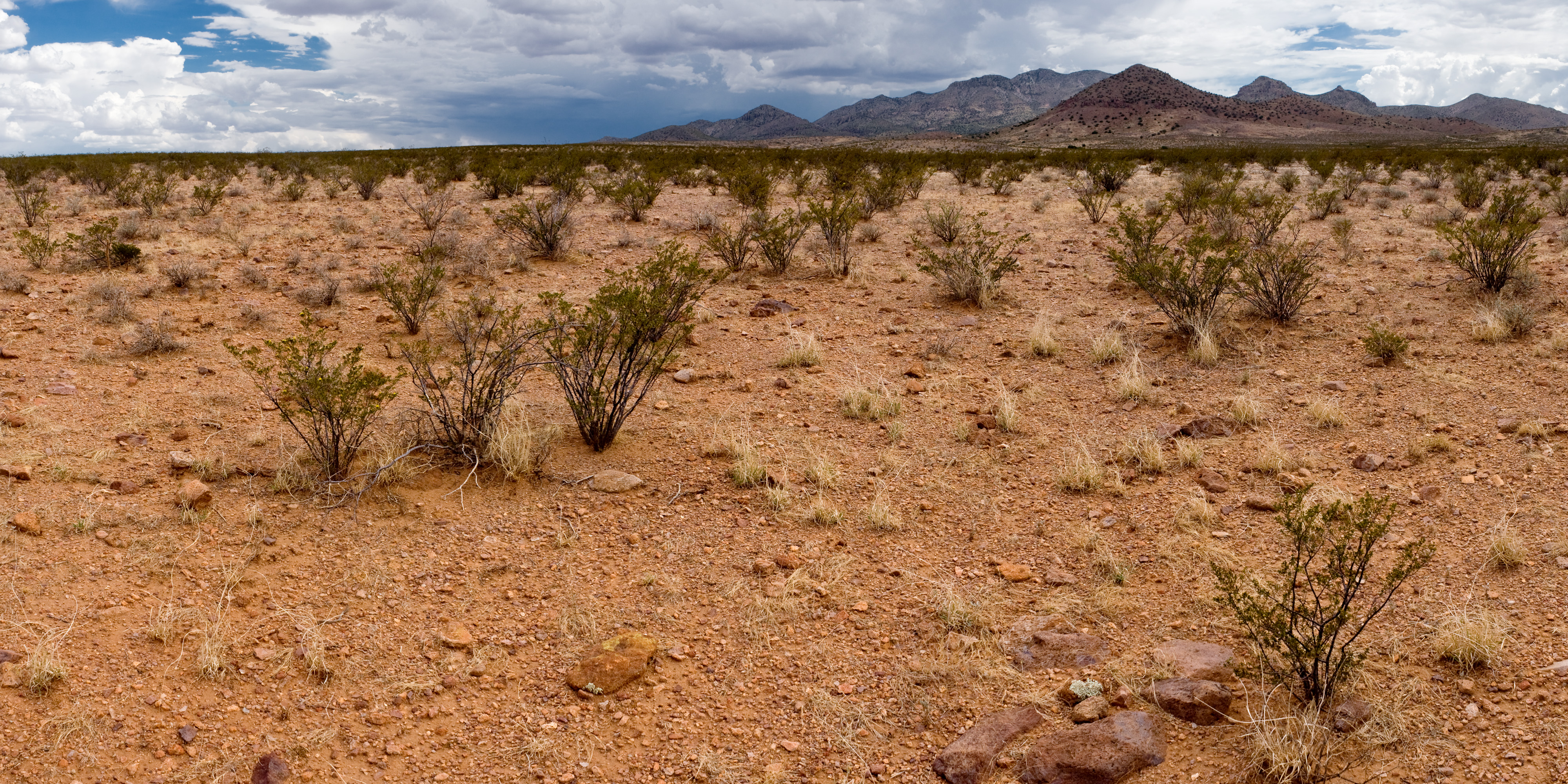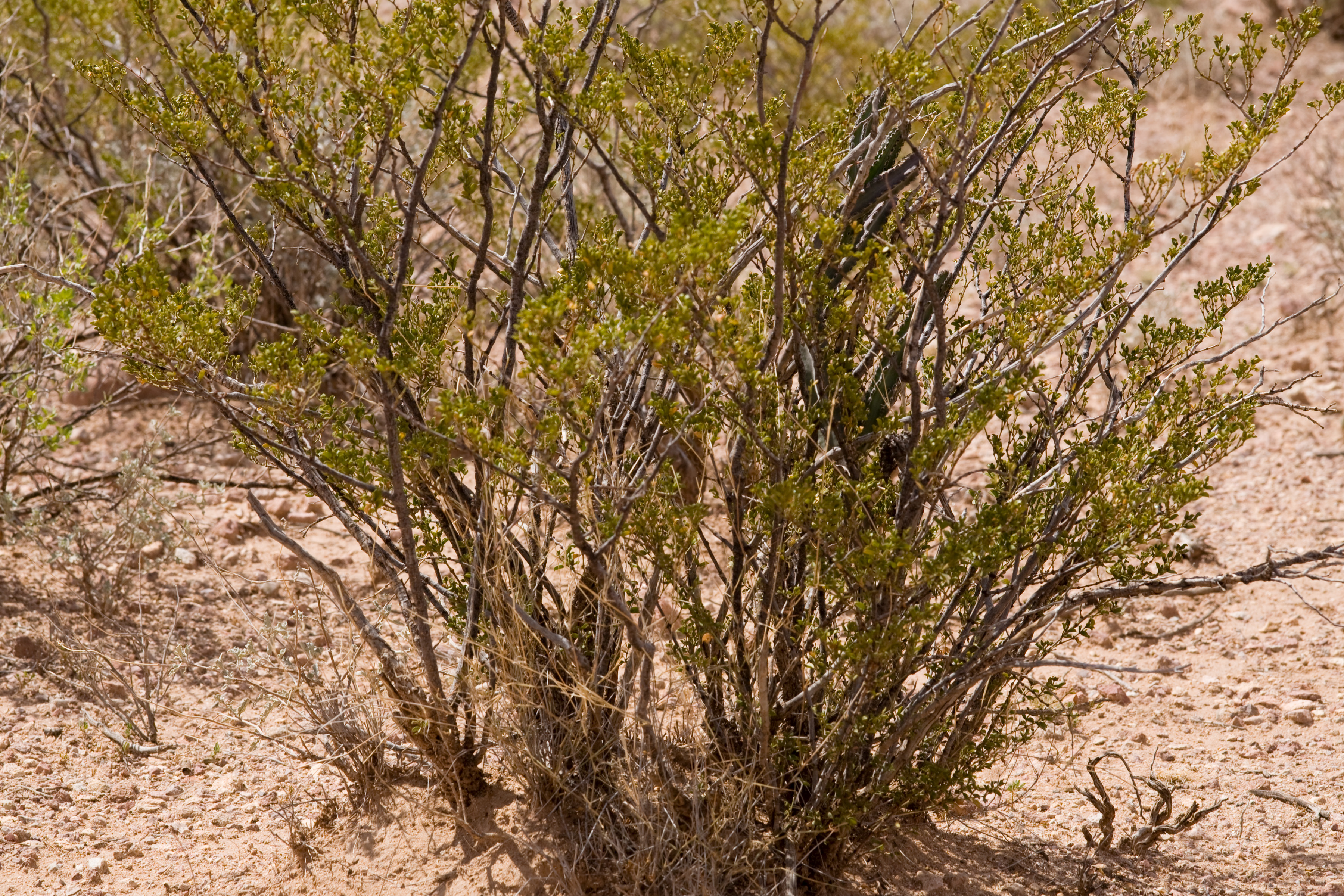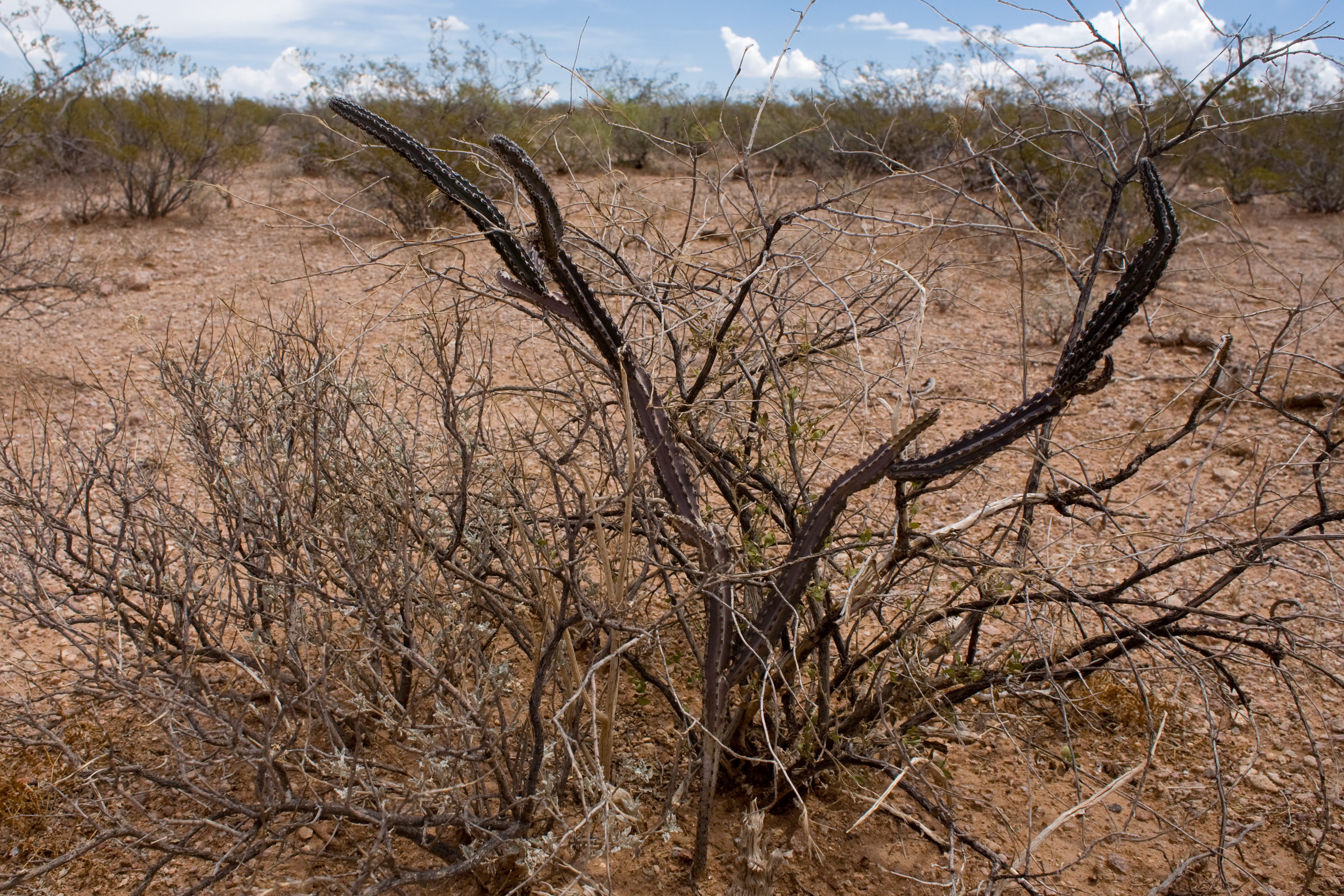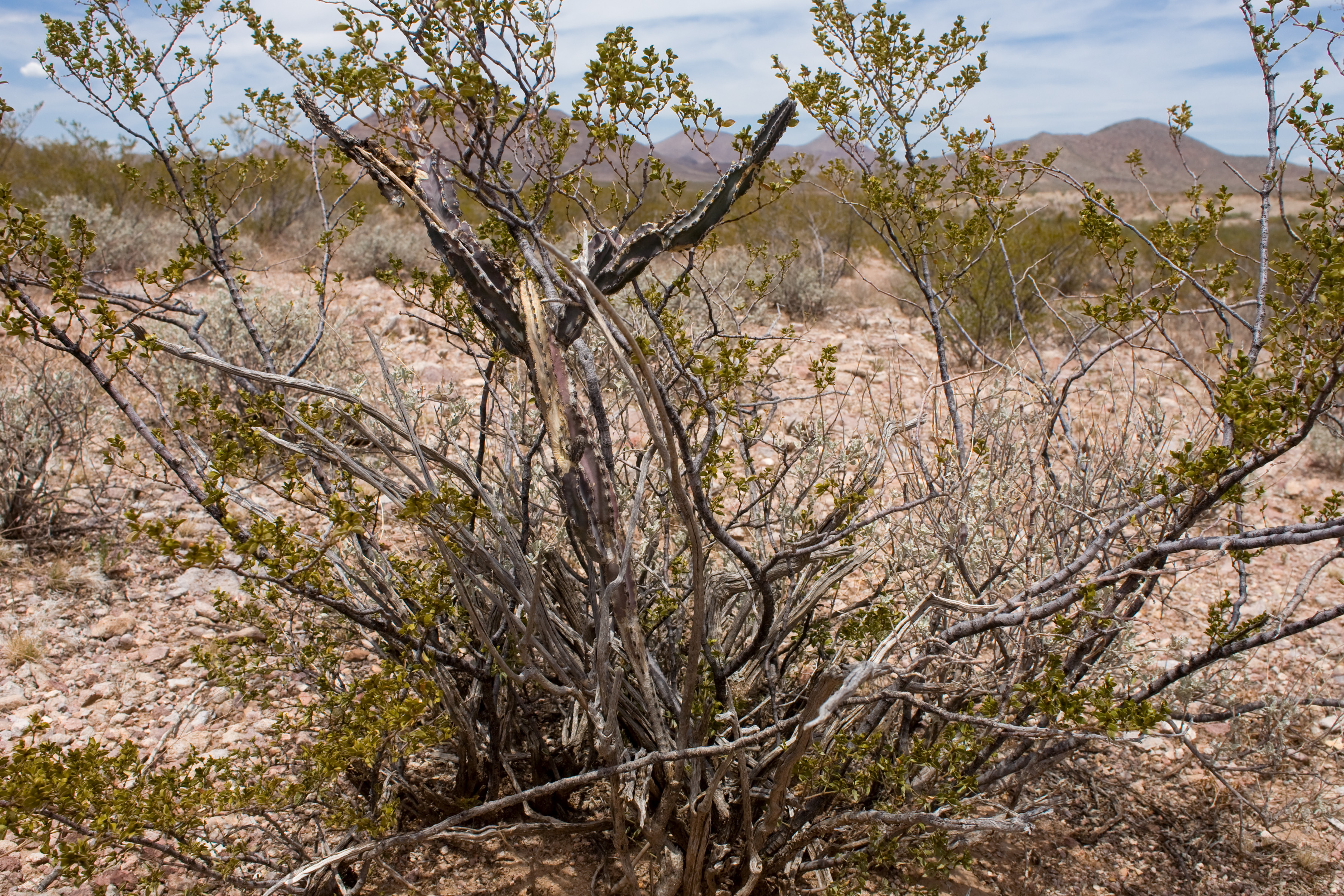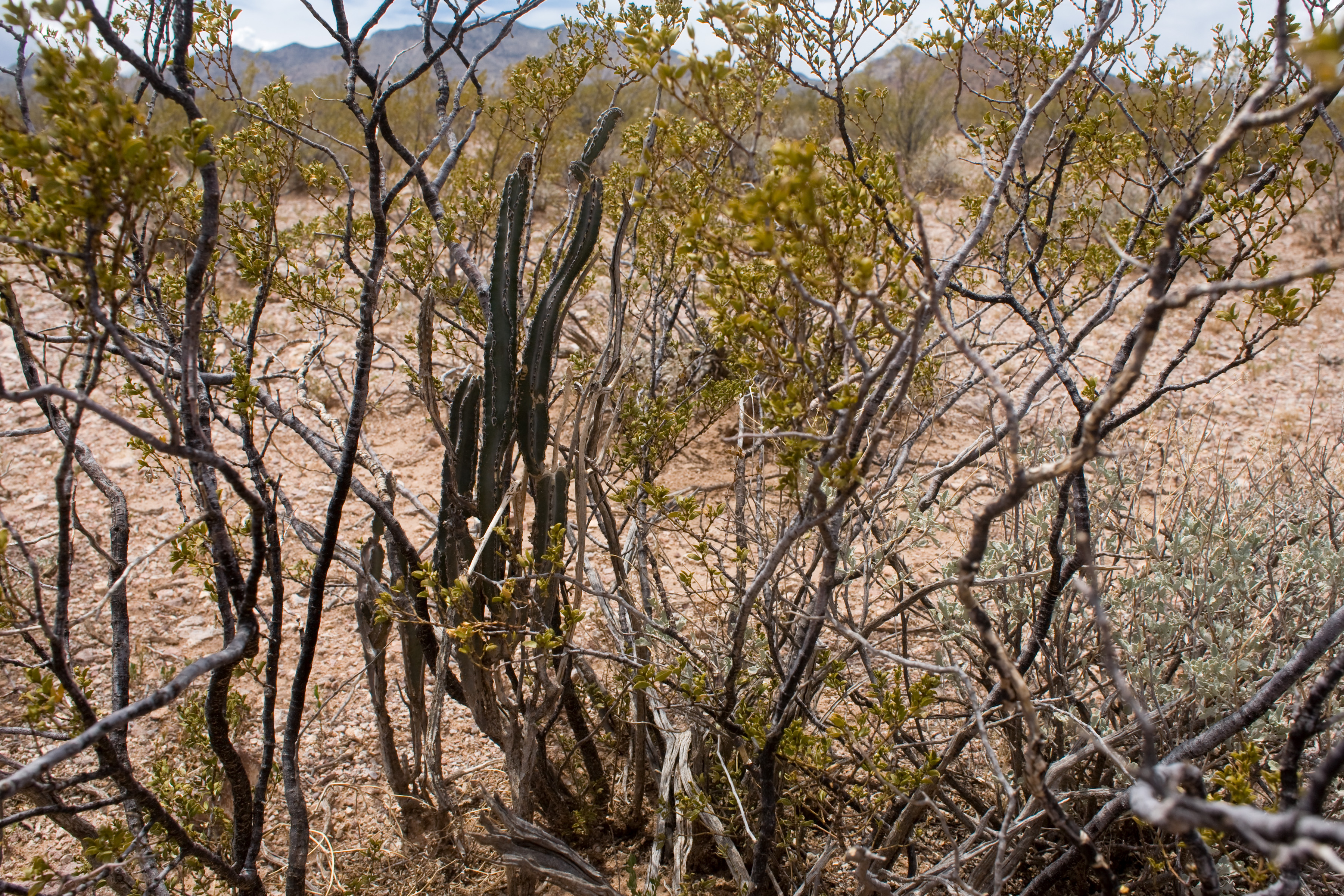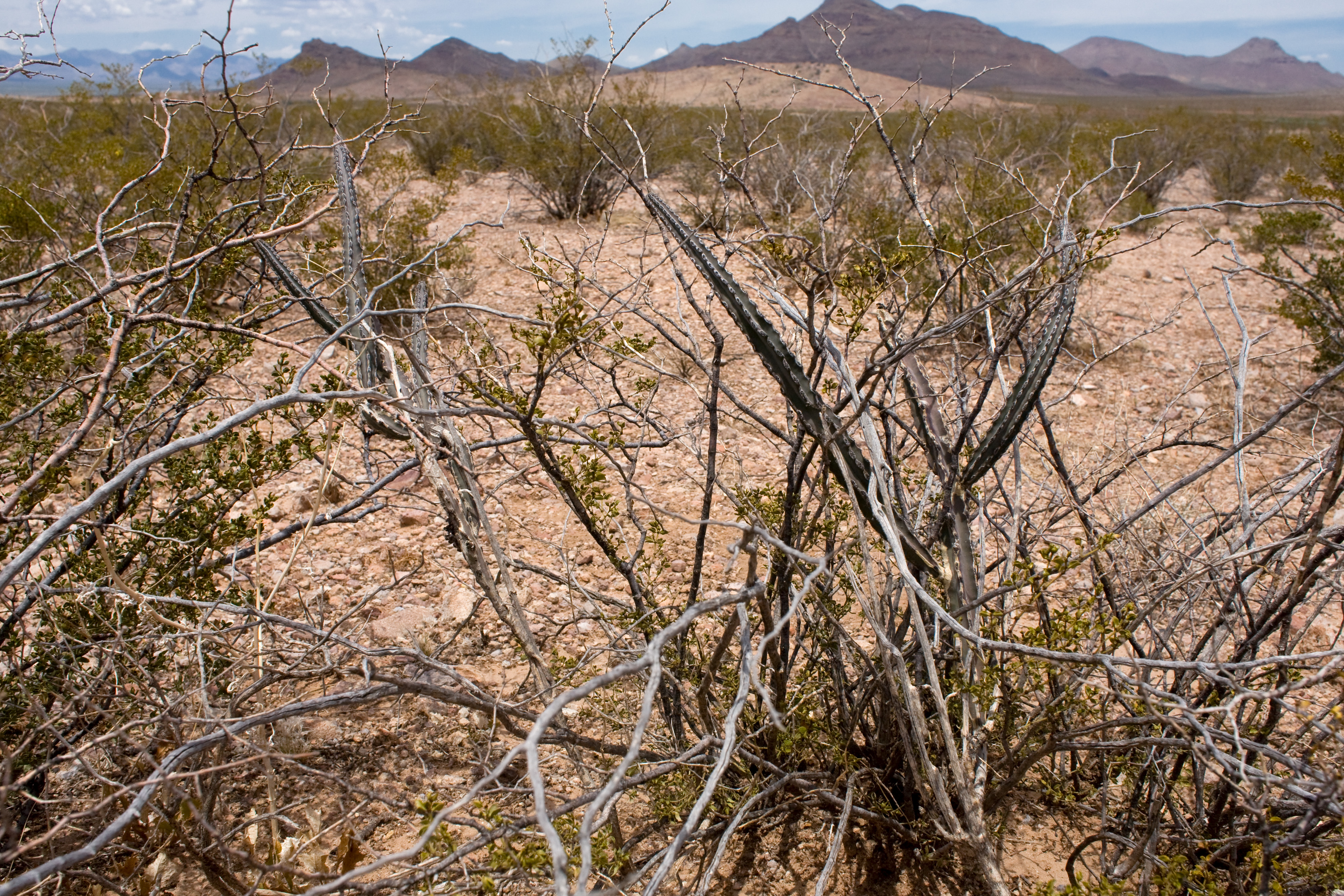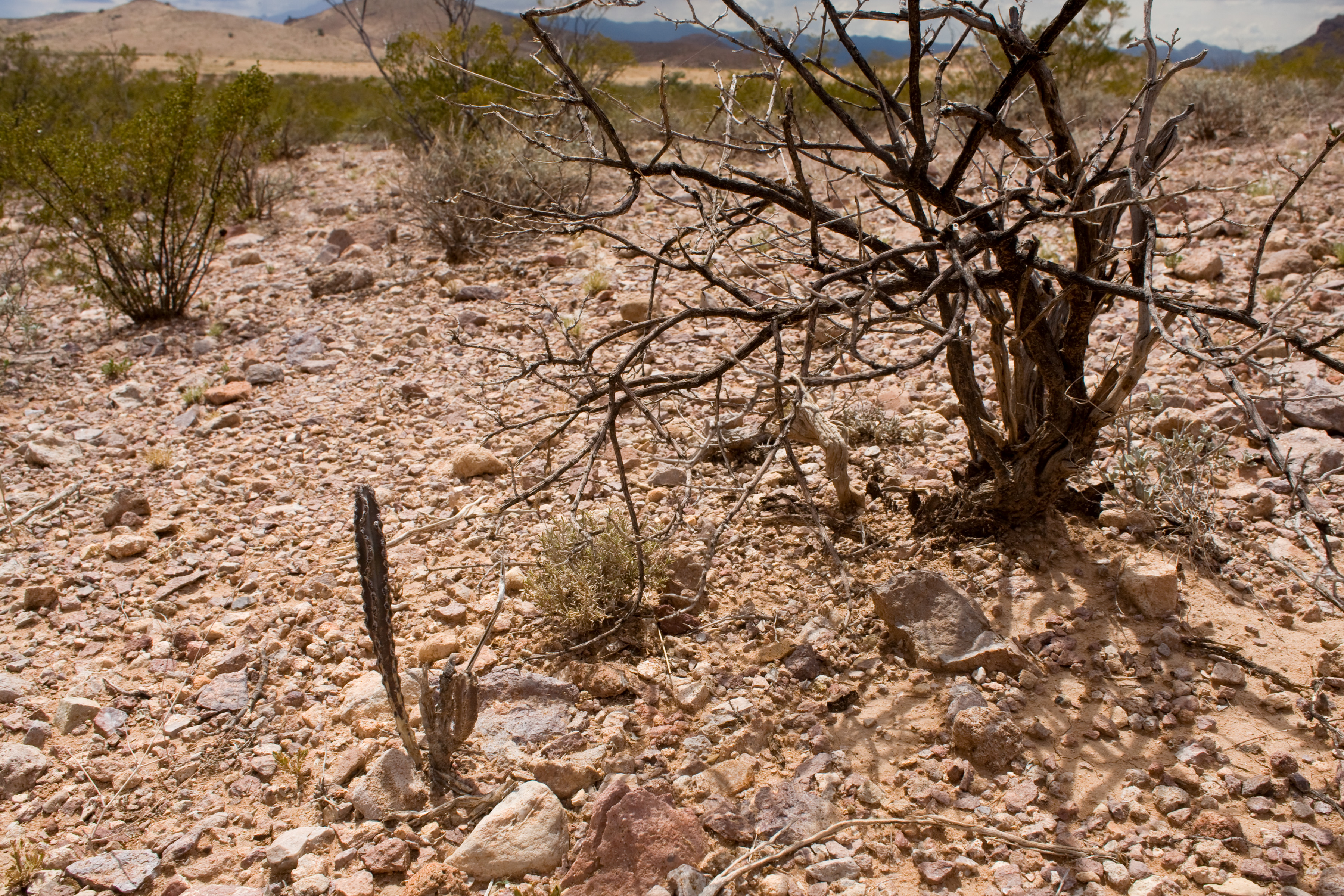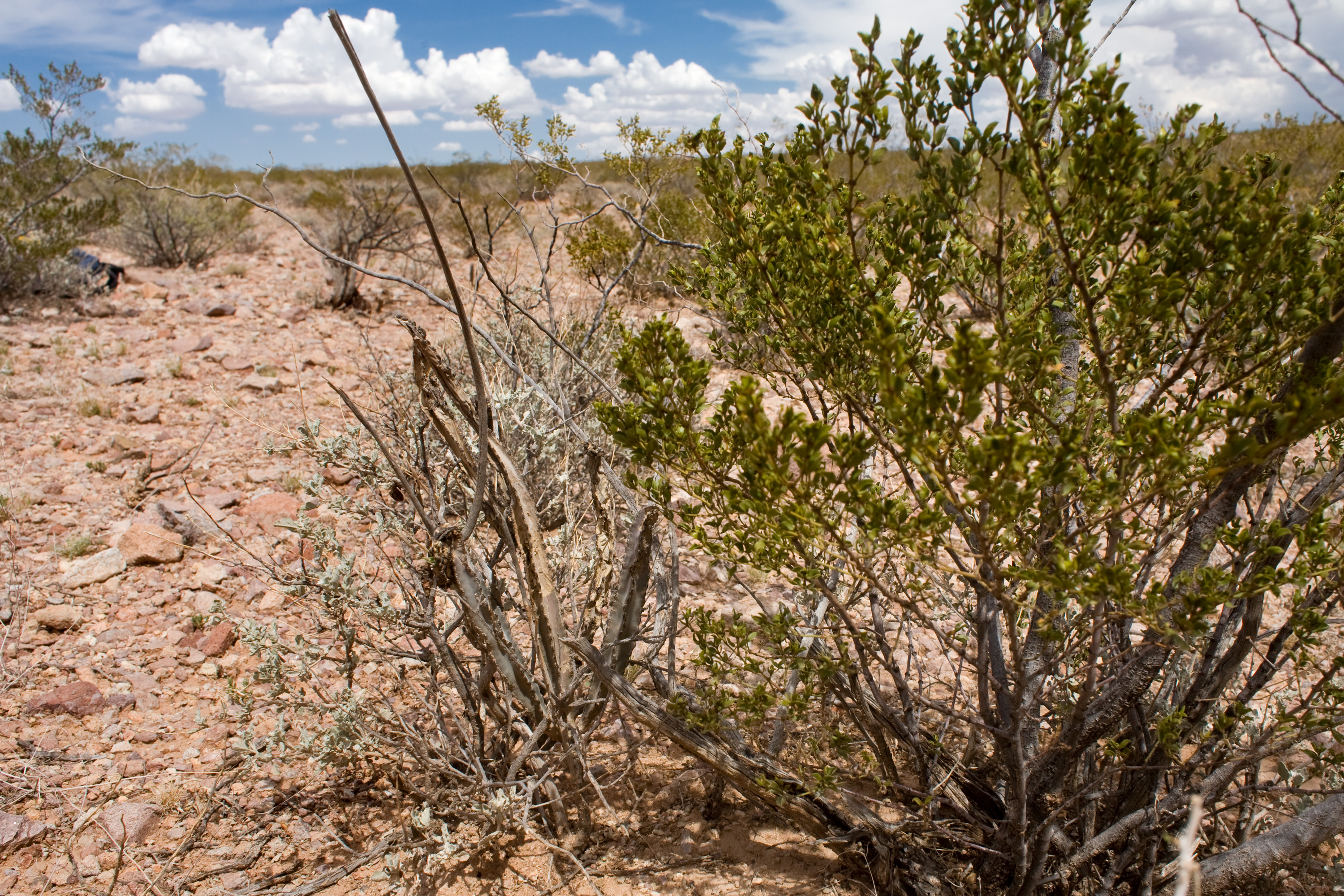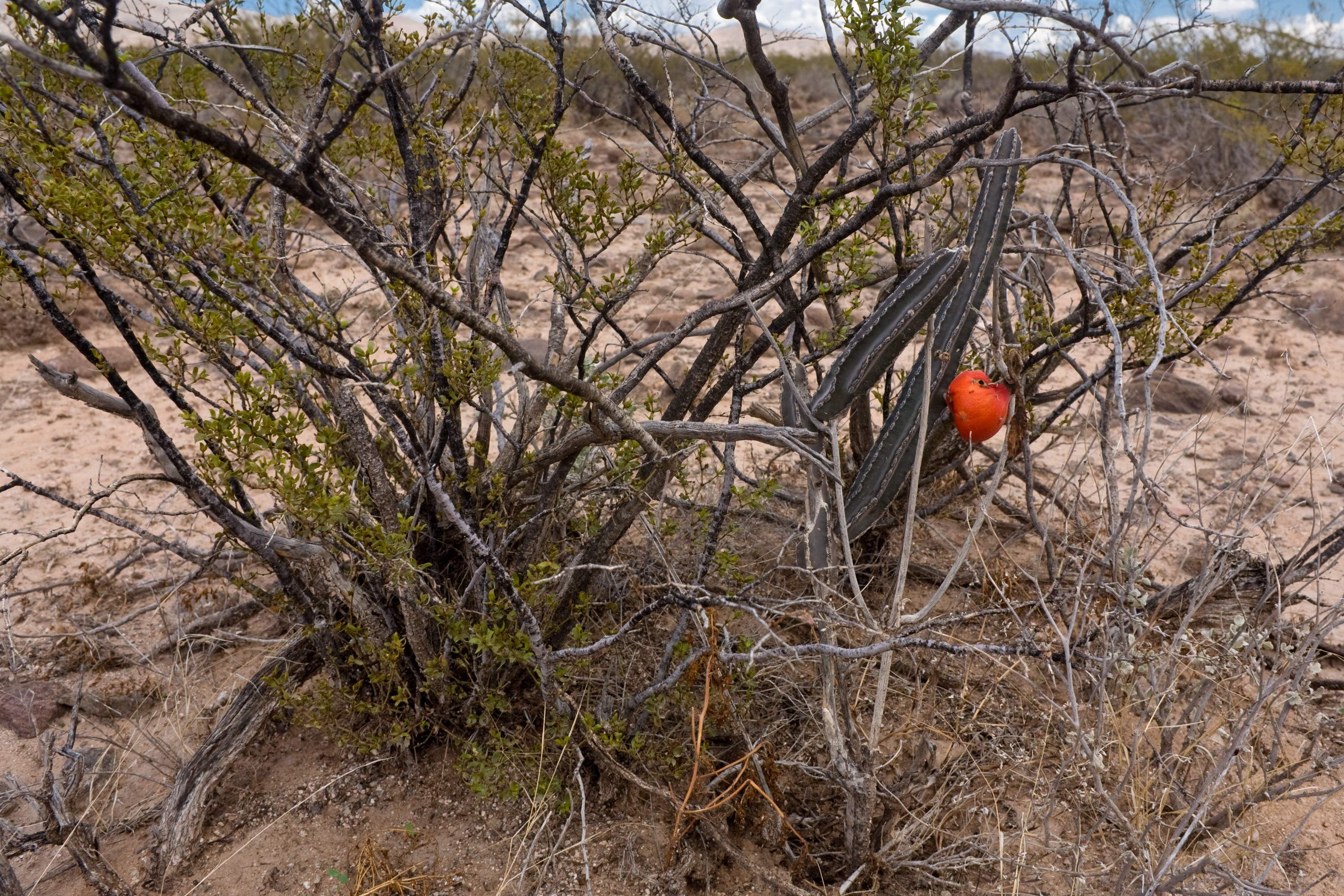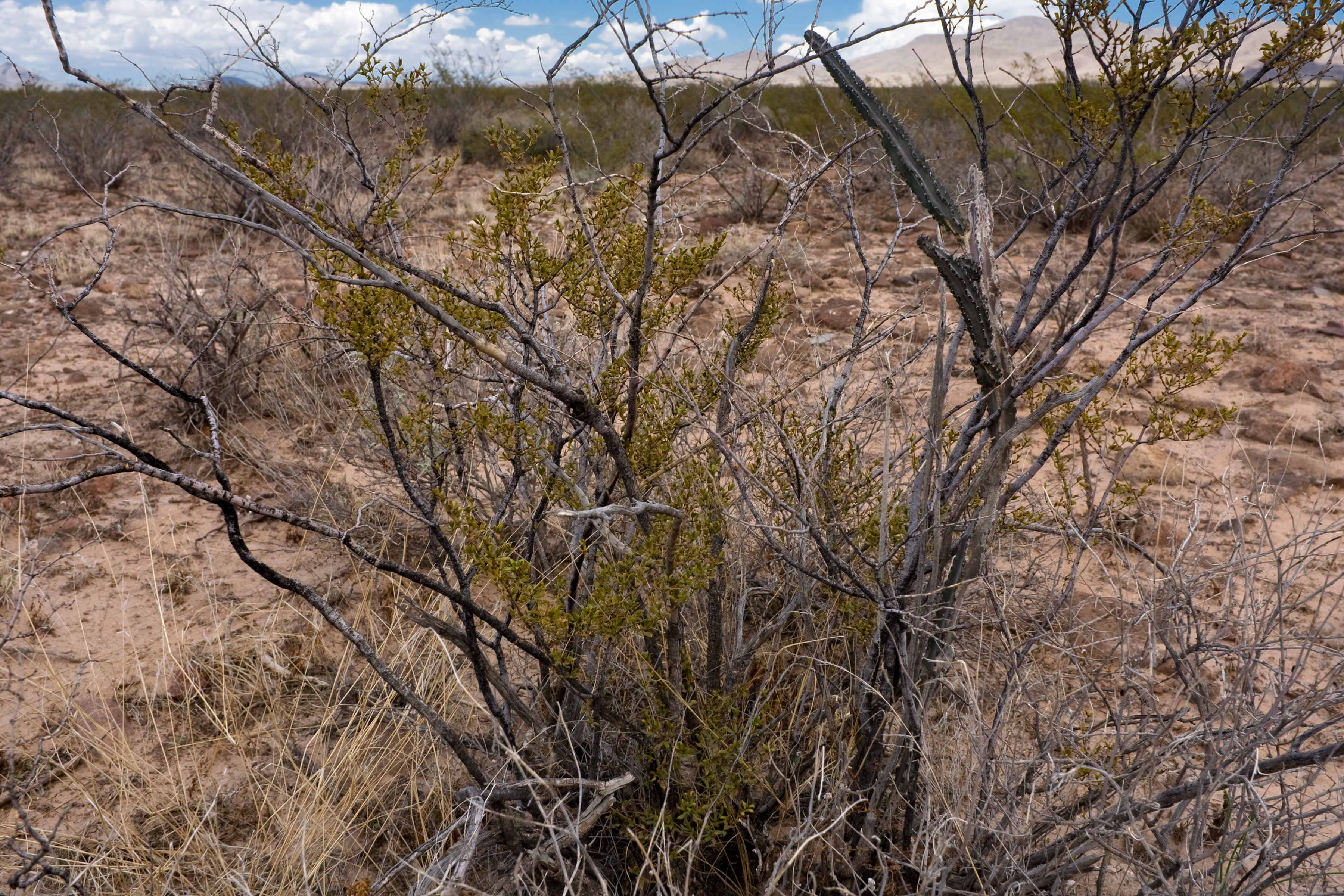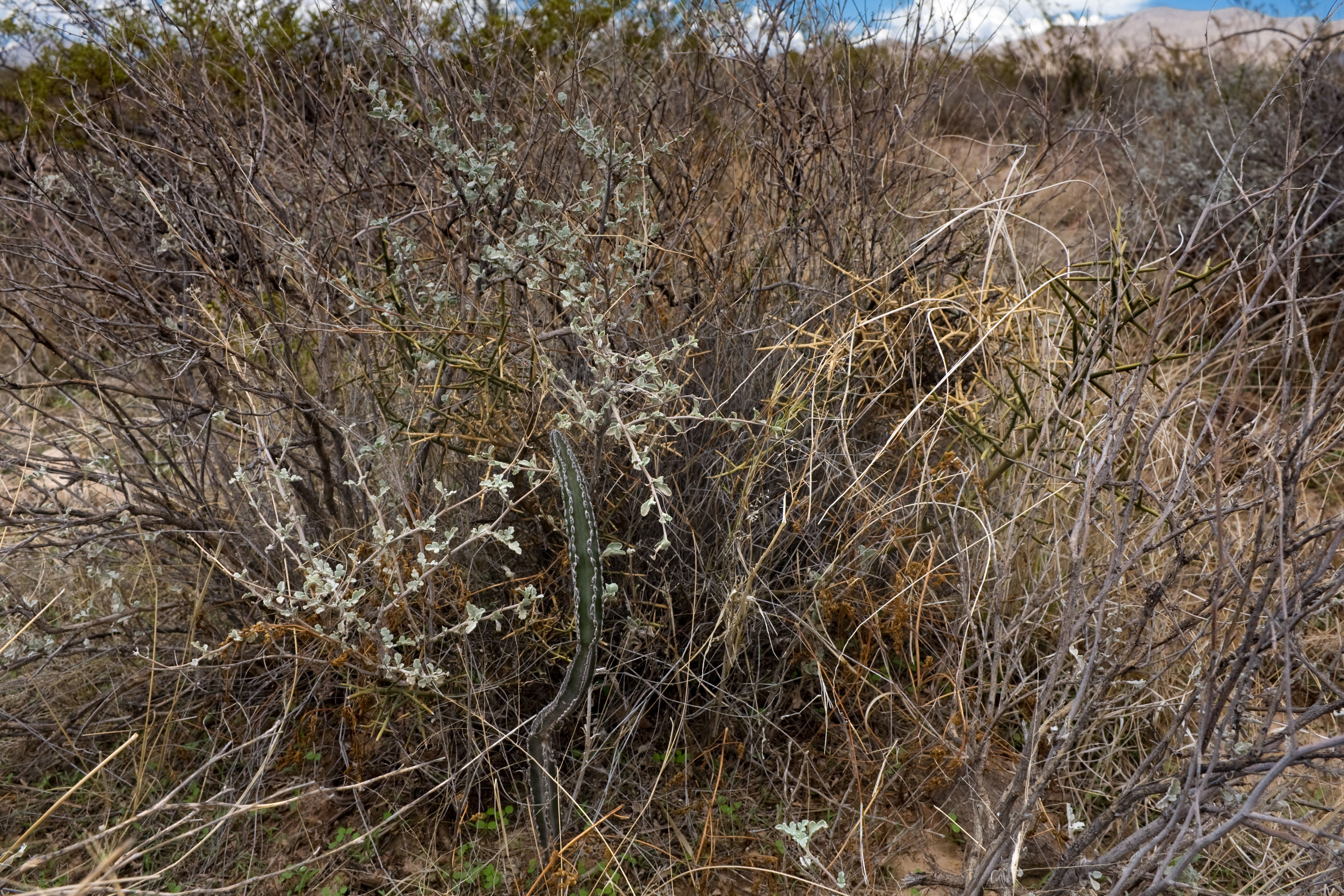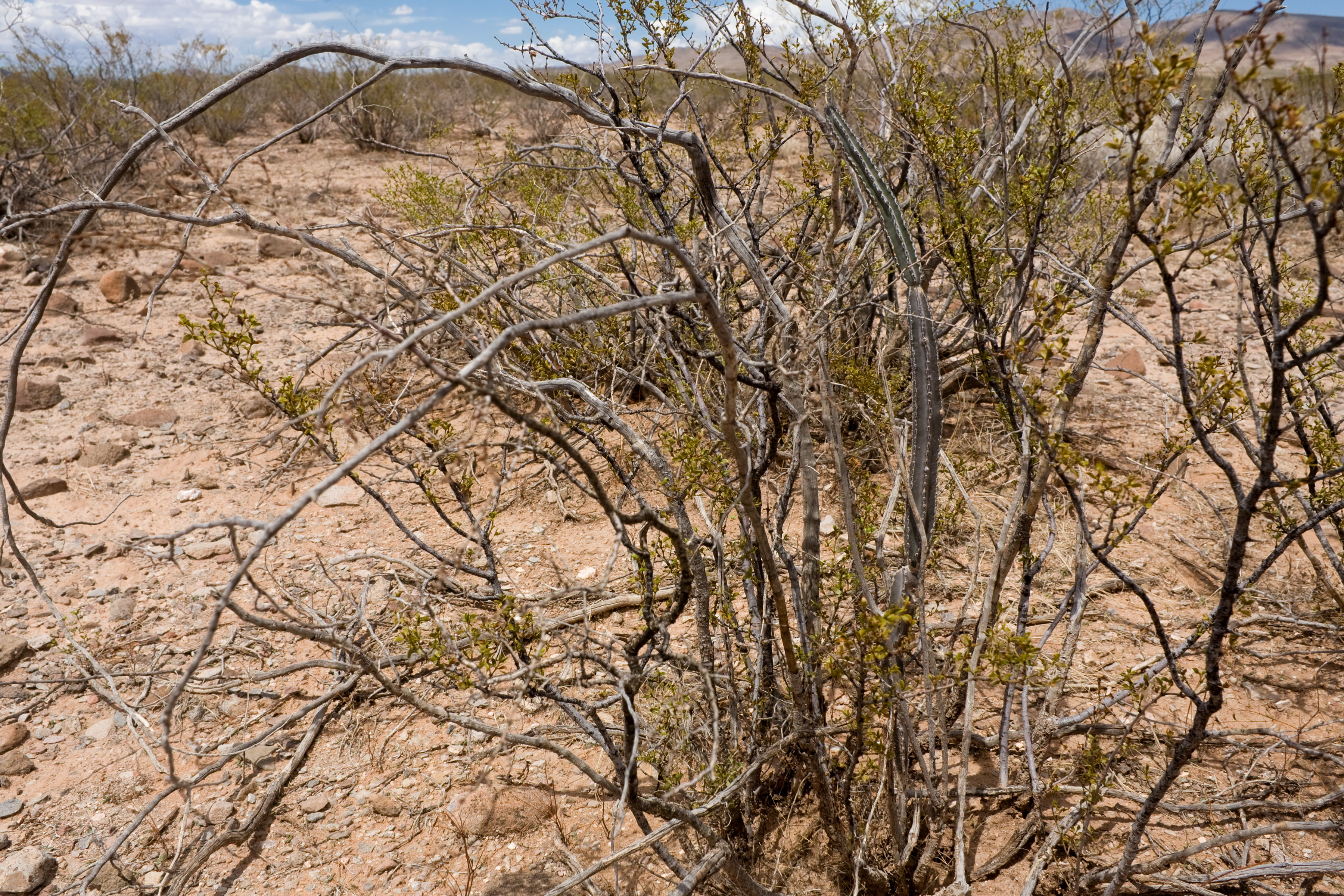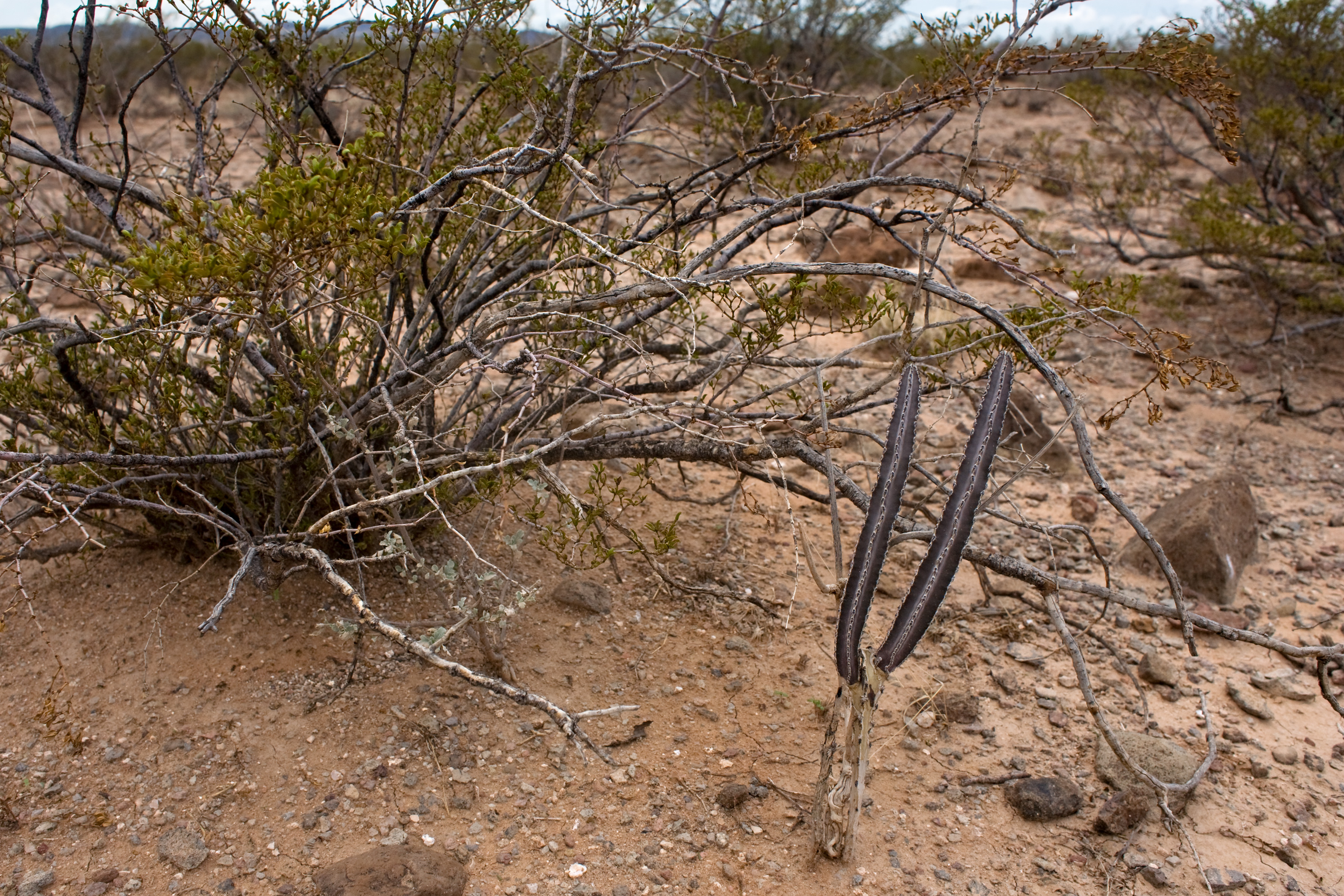Let me preface this post by mentioning how much I love working at Fort Ord and for the BLM. Watering the plants, finding horned lizards, managing the land — what could be better for a guy interested in restoration ecology? I could tell you about all these things (and hope that you’re as into plants as I am), but instead I think I should tell you about an interesting and tough week that I recently had. I’m going to tell you how I got the water truck stuck in the sand…twice.
Tuesday. My mentor had to write a proposal, so I had to take the volunteers to El Toro Creek and water the willows that had been planted to restore and stabilize the banks. I was a little stressed out about managing and delegating tasks to six volunteers, but I had faith in myself (not to mention that the volunteers usually know what to do and get started right away).
I have to stop here for a minute and give a shout out to the great volunteers that make this work possible. The SCA volunteers, Jenny and Leslie; two summer interns, “Royal” and Stephan; another great long-time volunteer named Phil; and lastly Matthew, who is working with a grad student who researches the California Tiger Salamanders. What a great crew.
Alright, back to Tuesday. We all pile into the truck and get to El Toro Creek. I drive into a cleared area that is close to the creek’s edge, and we all get out and set up the pump and hoses. I start delegating jobs for the volunteers. Everything is going smoothly until we ran out of hose and needed to move the water truck, a seemingly simple task. So I step on the gas…and the truck doesn’t move. I try reversing…nothing. I try rocking it back and forth…nothing. I check out my options: stump on my right (could cause some damage to the truck) and the edge of the creek to the left (could possibly roll the truck down ten feet to the creek bed). I’m between a rock and a hard place…or a stump and a creek bed, I suppose. By this time, people have noticed my absence and find me, my stress level building, staring sheepishly at the situation I had gotten us into. Embarrassedly, I explain to the volunteers what had happened, and we finally decide that the best option is to reverse out. So I put it into 4×4 low (or so I thought), gun it in reverse, and…
Buried. I feel like everyone’s eyes are on me. Ugh. I call my mentor, Bruce, who assures me that “this stuff happens” and that he would find someone to come pull me out with the winch. In the mean time, the crew and I dig out the tires and put down logs, rocks, and bark. I try again, no luck. Bruce then informs me that I hadn’t, as I had previously thought, put the truck in 4×4. Could this really get any worse?! After locking the front tires and getting the truck into 4×4, we dig some more and I’m feeling a lot more optimistic. Lock the wheels, everything is in place, and…



I bury the truck all the way up to the gas tank. I’m so stressed about the truck by this point that it takes me a while to notice the four volunteers watching my failed rescue attempts. I can only imagine how foolish I must look at this point.
We take lunch. I considered figuring out what the volunteers could do while I try to get the truck free, but I decide to relax and just eat instead. We all deserve a break. When lunch was over, Jennifer and Leslie recommend that they and Matthew take the other truck with a big bladder full of water and continue to water the willows. Great idea — why didn’t I think of that? Phil, Stephan, Royal and I once again dig out the tires and prep the truck to hopefully be driven out. By this time, I’ve attempted to get the truck out about six times and Kenny, the park ranger, had driven by during one of these failed attempts and noticed I was stuck. He promptly asks if I have tried rocking it back and forth. I had, but honestly my focus has been on not destroying the vehicle. I offer him the chance to be a hero and attempt to get the truck out for me. He seems hesitant, but he decides to try (against his better judgment I think). Starting slowly he reverses with little progress, drives forward and gains a little ground, then guns it forward running right over the stump with both the front and rear tires, somehow avoiding any damage.

The truck was finally free from the clutches of the El Toro Creek sand. What a day! Stay positive Manny,tomorrow is a new day. And Wednesday goes off without a hitch. Whew, I’m finally feeling better…until Thursday.

Once again, I’m with the same crew (minus Matthew) and we’re going to water the willows further down stream than where we were Tuesday. I decide that we should make this the last job of the day (intuition, perhaps?). Okay,Tuesday had happened, but I wasn’t going to let one bad experience dictate my decision-making for the rest of my internship, right? On Wednesday, Bruce and I scoped out a nice terrace with what seemed like sturdy soil next to the creek, and this is where I park. Everything is going as planned. The truck was close to the creek, we watered a lot of willows, and I felt good about our success. Well, not that good because I decide that we will pack up and head back to the compound 30 minutes early, just in case anything went south. I start up the truck, the tires locked and the 4×4 on for reals this time, and I go for it. The top layer of soil breaks and it becomes like quick sand! I keep driving and slowly inching my way to the embankment (which is about 3 feet tall), but I soon realize that there is no way I’m making it up. I call it in, let the crew go home, and wait for Bruce to winch me out. But even the winch can’t get the truck up the embankment.
Two hours later, we too give up and head home. The next morning, however, we’re back at it. Leslie, Jennifer and I take a bunch of ply wood and 2×4’s and start digging and laying down the wood. After all the prep, I’m back in the hot seat. Pressure’s on and…
The truck is out. Imagine my excitement, perhaps matched only by the look of relief on Bruce’s face that we didn’t need to pay for a tow. Finally, a little bit of luck.
Until next time!
Manny

























![IMG_1095[1]](https://dev-clm-blog.pantheonsite.io/wp-content/uploads/2014/08/IMG_10951-300x225.jpg)
